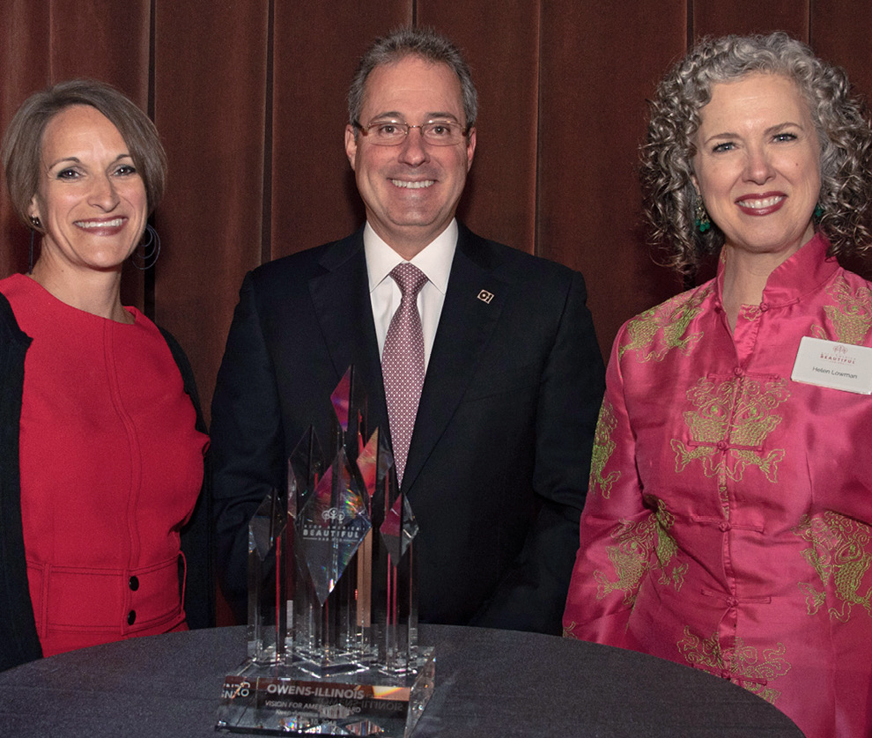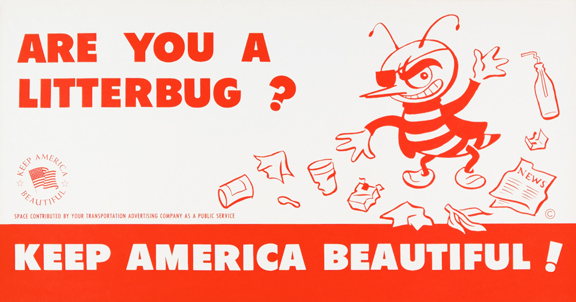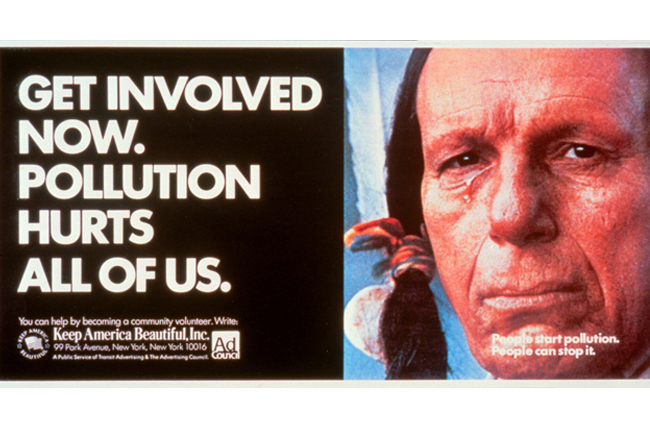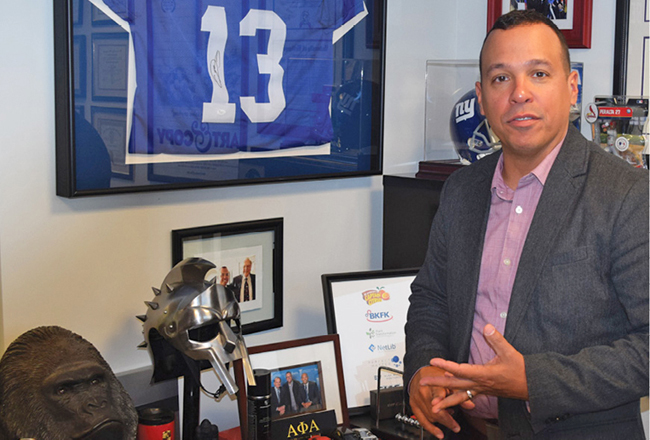
Keep America Beautiful (KAB) may be of retirement age, but it is hardly showing any signs of slowing down.
The Stamford-based nonprofit, which turned 65 on Dec. 17, remains steadfast in its efforts to end littering, improve recycling and beautify the nation”™s communities, according to President and CEO Helen Lowman.
“Our vision of a country that is clean, green and beautiful is something that I think everyone strives for,” she said. “It”™s a mission that everyone can get behind.”
The largest community improvement organization in the country, KAB oversees 620 state and community affiliate organizations and more than 1,000 participating community organizations ”” what Lowman called “really the heart of who we are.”
Familiar to millions ”” at least of a certain age ”” for its “Crying Indian” public service announcement that ran throughout the ”˜70s, depicting actor Iron Eyes Cody as a Native American shedding a tear over litter on a highway, KAB has continued to publicize its activities through successive PSAs.
The latest, “Let’s Talk About America,” shows an ethnically diverse group of young people talking about the importance of uniting to clean up the country. KAB said the spot has been broadcast in nearly 200 media markets with more than 30,000 airings, resulting in more than $20 million worth of donated media.
 “One of the challenges for any iconic nonprofit is that younger generations don”™t always know that you exist,” Lowman said. “We realized we needed to rebrand in a way that was attractive to the younger generation but would still bring along our other, existing supporters.”
“One of the challenges for any iconic nonprofit is that younger generations don”™t always know that you exist,” Lowman said. “We realized we needed to rebrand in a way that was attractive to the younger generation but would still bring along our other, existing supporters.”
KAB has also intensified its social media presence, Lowman added. “We”™re making a big push there, to shift how we get our messaging out.”
KAB operates what it calls “behavior change programs,” including:
- The Great American Cleanup, which it says is the country’s largest annual community improvement program. Entering its 22nd year, the program mobilizes over 3.5 million volunteers and participants who take part in more than 20,000 hands-on projects targeted at communities identified as being in greatest need. Last year the program resulted in 6.7 million pounds of litter and debris being collected across more than 71,000 miles of roads, riverways and beaches.
- America Recycles Day, the only nationally recognized day focused on recycling, which takes place each Nov. 15.
- The annual Recycle-Bowl youth recycling competition, which last year engaged over 1,000 elementary, middle and high schools in 42 states in a “race” to collect the most recyclable material; 550,000 students, teachers and administrators participated in the last edition, collecting over 2 million pounds of recyclable material.
- An education platformthat includes “Waste in Place,” an elementary school curriculum supplement that has been reaching students and teachers since 1979, aimed at explaining individual responsibility for and ownership of one’s local environment. KAB says some 1.75 million youths are reached annually through its formal classroom and informal educational presentations.
 Lowman said KAB undertakes an evaluative process to determine the viability of programs old and new. “We talk to all our stakeholders ”” and we have a lot of different groups of stakeholders,” she laughed. “And our affiliate organizations are the ones who create programs at a local level that work for their communities.”
Lowman said KAB undertakes an evaluative process to determine the viability of programs old and new. “We talk to all our stakeholders ”” and we have a lot of different groups of stakeholders,” she laughed. “And our affiliate organizations are the ones who create programs at a local level that work for their communities.”
Primary considerations include whether the program in question “will make a real difference and if it addresses our strategic goals,” she said.
KAB was founded on Dec. 17, 1953, by a group of nonprofits, government agencies, individuals and corporations ”” including Philip Morris, Anheuser-Busch, PepsiCo and Coca-Cola ”” to educate and activate the public around environmental stewardship, especially the growing problem of litter that followed the establishment of the Interstate Highway System.
Although KAB did not coin the word “litterbug” ”” it was being used by the American Ad Council as early as 1947 ”” it helped popularize the term, especially when the Iron Eyes Cody ad first began airing in 1971. That PSA coincided with a new environmental awareness campaign of the late 1960s and early ”˜70s, which included the 1970 establishment of Earth Day.
Lowman”™s own awareness of KAB came from seeing such PSAs as a child, she said. The Westport resident went on to a management position with the Texas Commission on Environmental Quality and served on the boards of KAB affiliates Keep Austin Beautiful and Keep El Paso Beautiful. She then worked in a variety of roles for the Peace Corps and served as director-individual and community preparedness at the Federal Emergency Management Agency (FEMA) before taking the KAB helm in May of 2017.
Most people and companies try to do their best when it comes to properly disposing of waste, Lowman said. “There are almost no private-sector companies that don”™t have sustainability goals, and corporate America in general has a number of strategic plans to reduce greenhouse gas emissions and increase recycling.”
Nevertheless, just-released data from the Association of Plastic Recyclers and the American Chemistry Council found that plastic bottle recycling declined by 3.6 percent to 2.8 billion pounds in 2017, with a five-year compounded annual growth rate for plastic bottle recycling being just 0.1 percent.
Recycling “is a very interesting conversation to have right now,” Lowman said. “The biggest challenge is contamination. Every municipality in the United States has different rules about recycling. One town may accept glass and another may not. If you put glass in a container in a town where it”™s not accepted, that contaminates the whole load.”





















